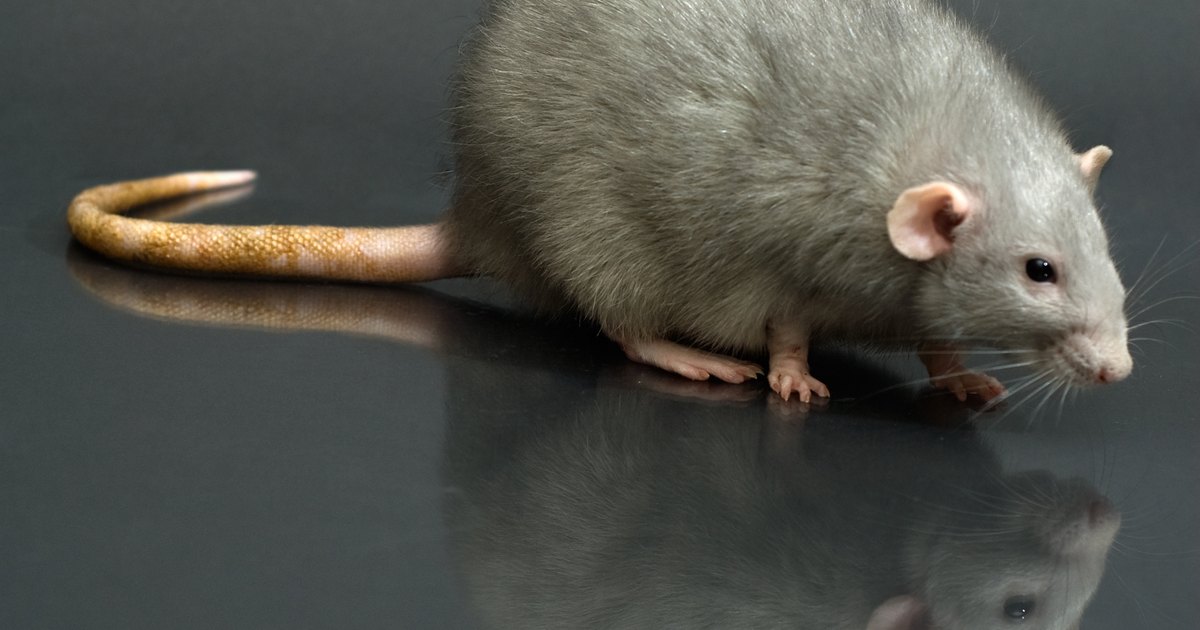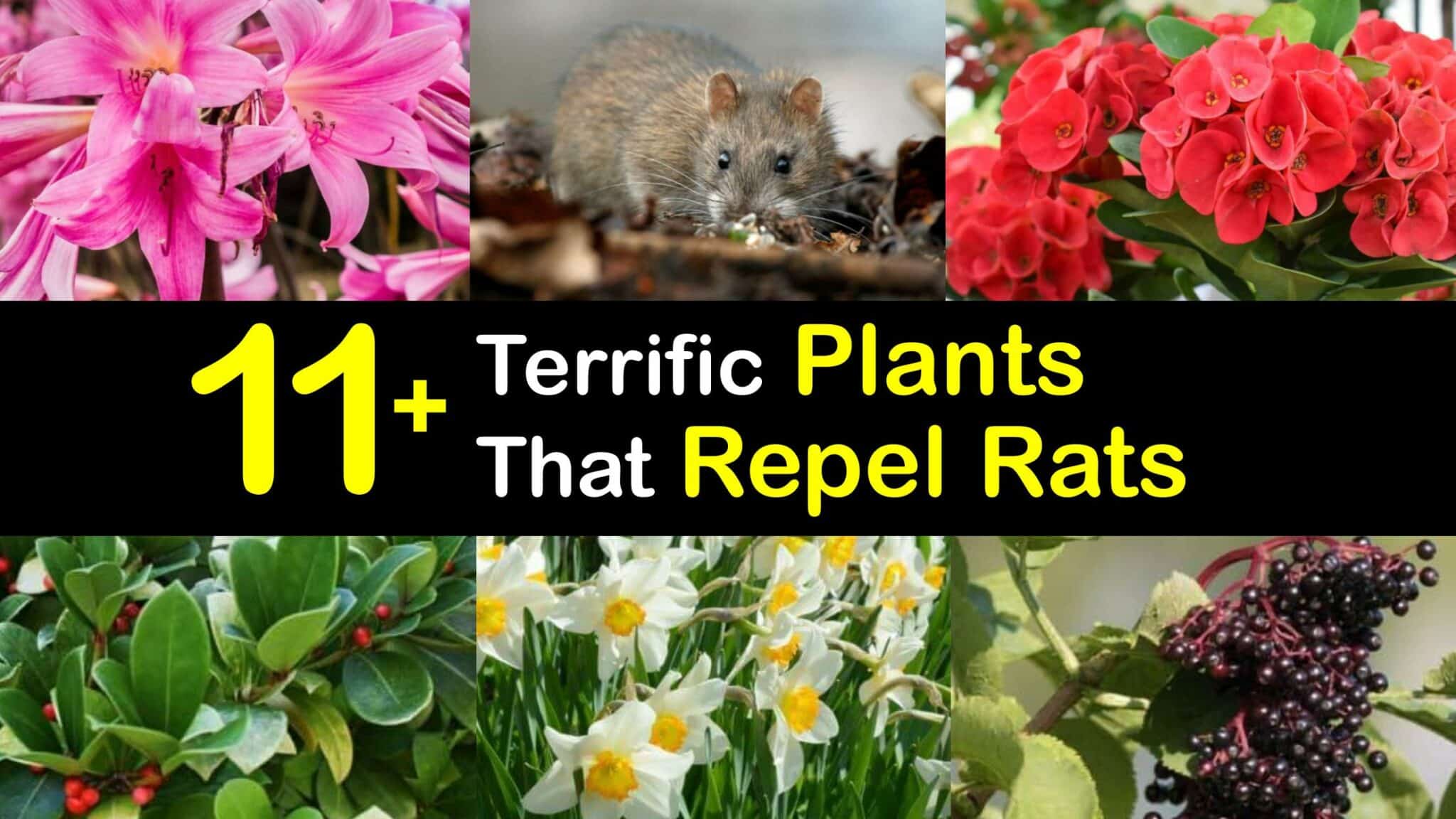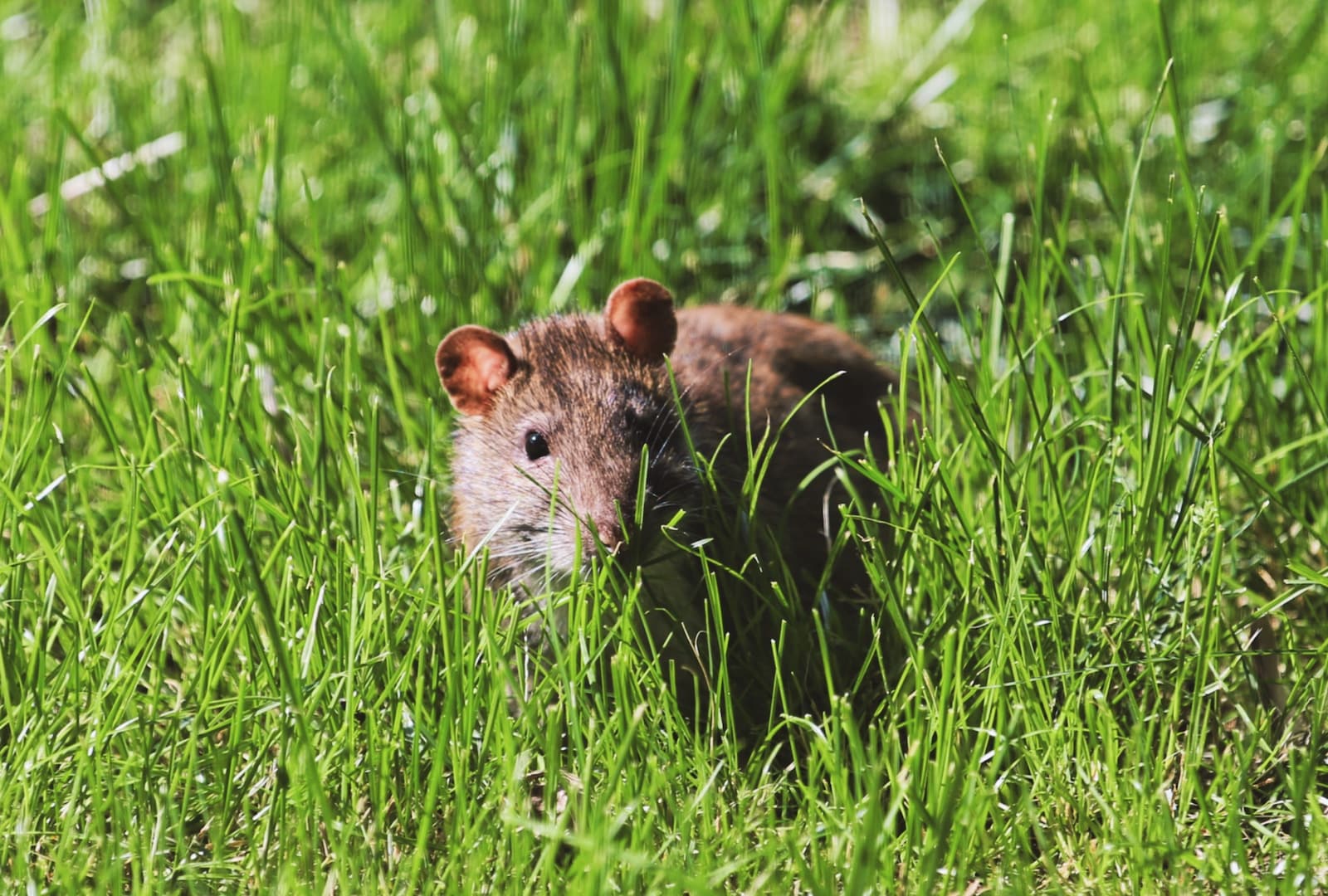Discover the power of nature’s arsenal against pesky rodents! This exploration of what plants repel rats unveils an array of botanical guardians that effectively keep these unwanted visitors at bay, safeguarding your living spaces and gardens.
From pungent scents to formidable physical barriers, plants possess an array of defense mechanisms that deter rats. By harnessing these natural repellents, you can create a rat-free haven, ensuring a peaceful coexistence with the natural world.
Plants That Naturally Repel Rats

Rats are common pests that can carry diseases and damage property. While there are many chemical methods to repel rats, there are also a number of natural plants that can be used to keep these rodents away.
These plants emit strong scents or have physical characteristics that deter rats. They can be effectively used in gardens, homes, and other areas to create a natural barrier against these pests.
Specific Plant Species
Some of the most effective rat-repelling plants include:
- Peppermint: The strong scent of peppermint is known to repel rats. It can be planted around the perimeter of your home or in areas where rats are likely to enter.
- Bay leaves: Bay leaves contain a compound called eugenol, which is toxic to rats. Placing bay leaves in areas where rats are active can help to deter them.
- Eucalyptus: The strong, pungent scent of eucalyptus is also effective at repelling rats. Eucalyptus oil can be diffused in your home or applied to cotton balls and placed in areas where rats are likely to nest.
- Citronella: Citronella is a natural insect repellent that is also effective against rats. Citronella candles or oil can be used to create a barrier around your home or other areas where rats are a problem.
- Rosemary: Rosemary is a fragrant herb that rats find unappealing. Planting rosemary around your home or in areas where rats are active can help to keep them away.
Methods for Using Rat-Repelling Plants: What Plants Repel Rats

Utilizing rat-repelling plants effectively involves strategic placement and proper maintenance. Planting these plants around the perimeter of buildings creates a natural barrier, deterring rats from entering the premises. Additionally, incorporating them into garden beds as companion plants can protect neighboring crops from rat damage.
Extracts and Essential Oils
Extracting essential oils or using plant extracts derived from rat-repelling plants enhances their effectiveness. Diffusing these oils in indoor spaces or applying them topically to entry points creates a potent deterrent. However, it’s crucial to follow recommended dilutions and avoid direct contact with skin or eyes.
Maintenance and Care, What plants repel rats
Maintaining the health and vigor of rat-repelling plants is essential for maximizing their repellent capabilities. Regular watering, proper sunlight exposure, and occasional pruning promote plant growth and enhance their ability to produce the compounds that deter rats.
Additional Considerations for Rat Control

Relying solely on plants for rat control has limitations. A comprehensive approach that incorporates multiple strategies is crucial for effective rat management.
Complementary methods include sealing entry points to prevent rats from entering buildings, removing food sources to eliminate attractants, and using traps or repellents to deter or eliminate rats. Combining these approaches enhances the effectiveness of rat control.
Monitoring and Adjustment
Regularly monitoring rat activity is essential to assess the effectiveness of control measures. Monitoring can involve observing rat sightings, droppings, or damage to property. Based on monitoring results, control measures may need to be adjusted or intensified to maintain effectiveness.
